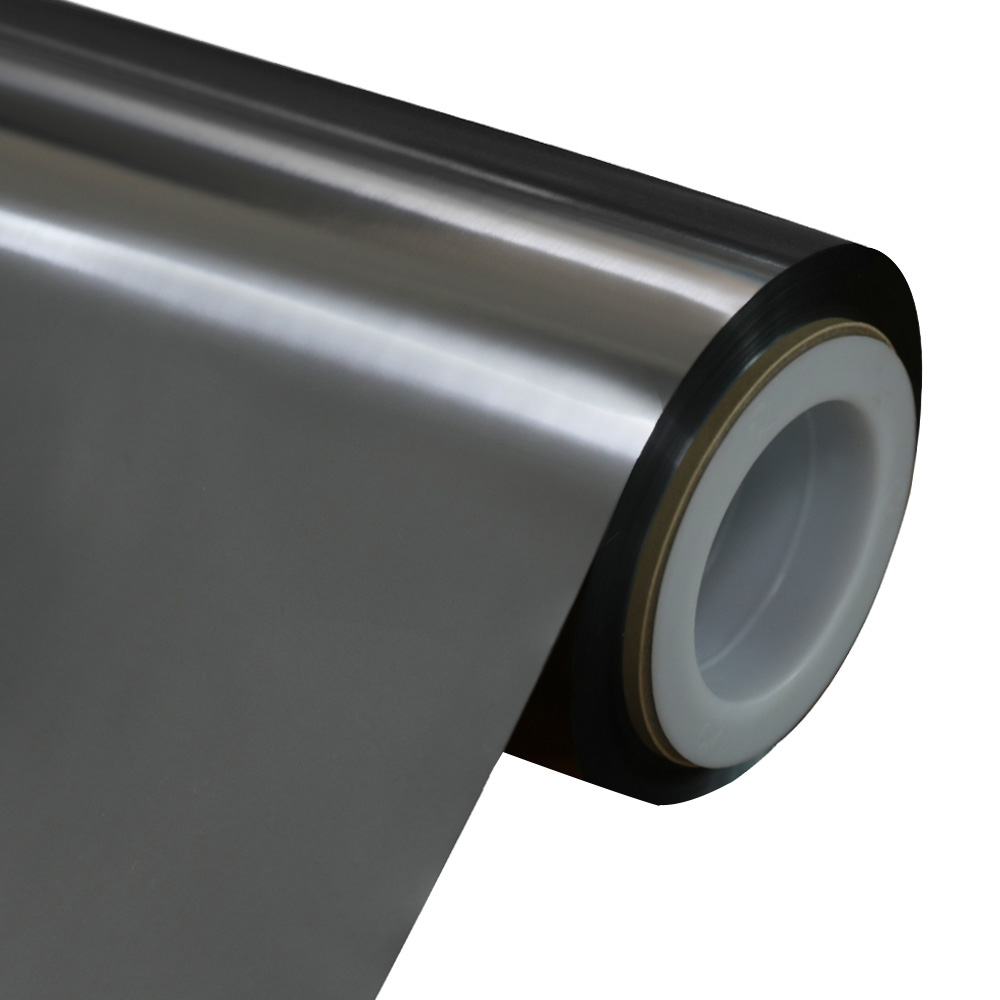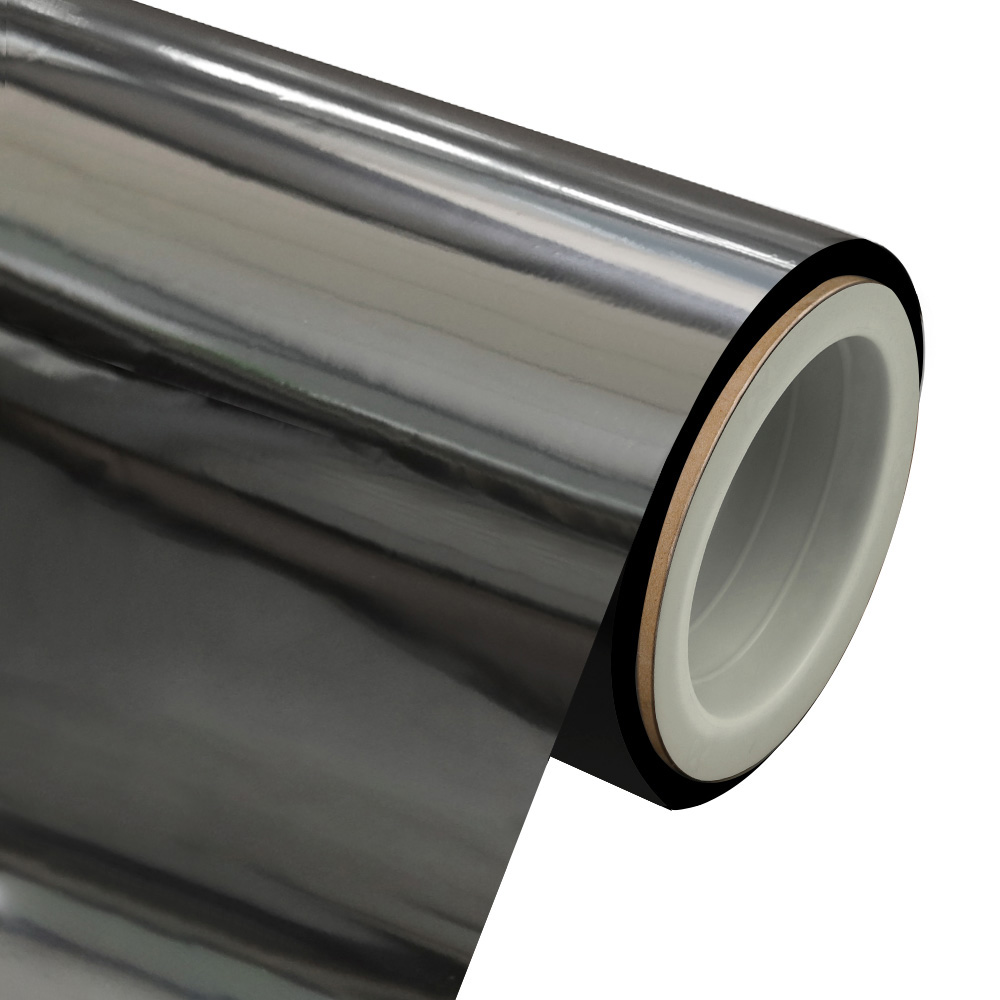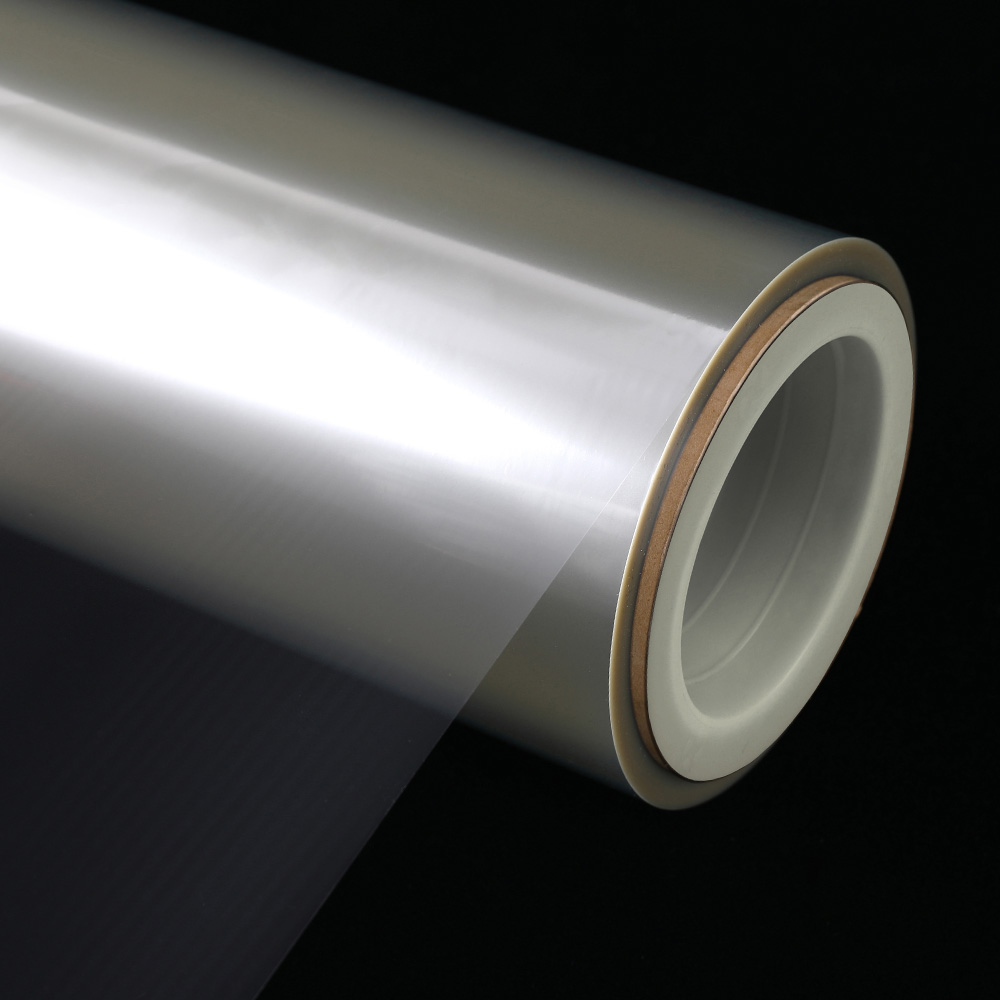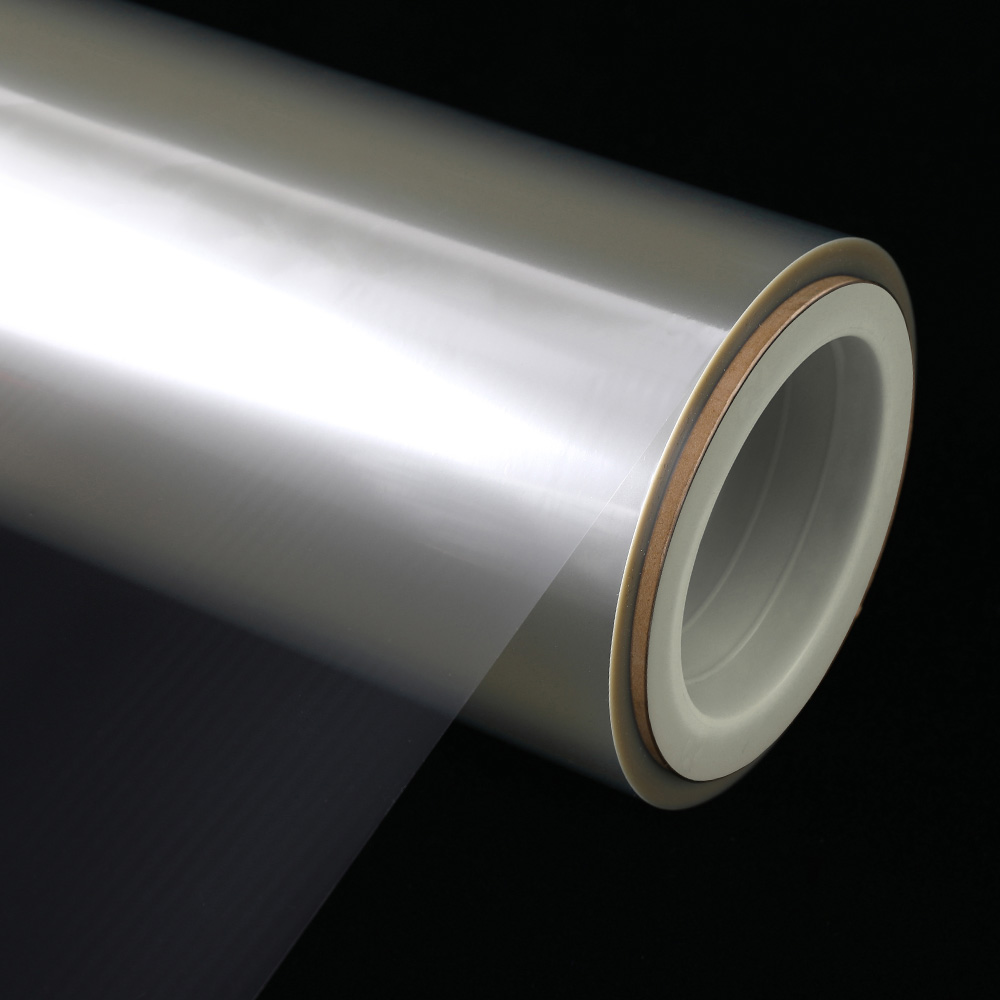What is transparent high barrier film, and how does it differ from conventional packaging films?
Transparent high barrier films represent a significant advancement in the field of packaging materials. As the demand for longer shelf life, enhanced product protection, and sustainable packaging solutions increases, the development of innovative films has become a priority for the packaging industry. In this comprehensive analysis, we will explore what transparent high barrier films are, their unique features, and the key distinctions that set them apart from conventional packaging films.
Definition of Transparent High Barrier Film:
Transparent high barrier films are specialized packaging materials engineered to provide an exceptional barrier against external elements while offering transparency for product visibility. These films combine multiple layers of advanced polymers and technologies to create a protective barrier against gases, moisture, odors, and light. The primary objective of these films is to extend the shelf life of perishable products and preserve the freshness and quality of packaged goods.
Key Features and Components:
Advanced Polymer Layers:
Transparent high barrier films often comprise multiple layers of polymers, each serving a specific function. Common polymer layers include polyethylene (PE), polypropylene (PP), polyethylene terephthalate (PET), ethylene vinyl alcohol (EVOH), and others. The combination of these layers results in a synergistic effect, enhancing the overall barrier properties of the film.
Barrier Coatings:
To further enhance the film's barrier performance, additional coatings, such as silicon oxide or aluminum oxide, may be applied to one or both sides of the film. These coatings create a dense, impermeable layer, minimizing the transmission of gases and moisture through the film.
Oxygen Barrier:
One of the critical functions of transparent high barrier films is their ability to prevent the ingress of oxygen. Oxygen can to oxidation and degradation of food products, affecting taste, color, and nutritional value. High barrier films with EVOH or other oxygen-blocking layers effectively reduce the oxygen permeability, extending the shelf life of packaged goods.
Moisture Barrier:
Transparent high barrier films possess exceptional moisture barrier properties, keeping the packaged product safe from moisture ingress. This is particularly crucial for moisture-sensitive items, such as electronics, pharmaceuticals, and certain food products.
UV Protection:
Certain high barrier films incorporate UV-blocking properties, safeguarding light-sensitive products like pharmaceuticals, cosmetics, and photo-sensitive chemicals from degradation caused by exposure to ultraviolet radiation.
Distinctions from Conventional Packaging Films:
Barrier Performance:
The primary and more significant distinction between transparent high barrier films and conventional packaging films lies in their barrier performance. Conventional packaging films, such as polyethylene (PE) or polypropylene (PP), offer basic protection against external elements but may not be suitable for products requiring an extended shelf life. Transparent high barrier films, on the other hand, provide an advanced and versatile barrier against gases, moisture, and light, ensuring product preservation.
Extended Shelf Life:
Transparent high barrier films significantly contribute to extending the shelf life of perishable products. Fresh produce, meat, dairy products, and snacks are among the items that can benefit from the extended freshness and reduced spoilage provided by these films. In contrast, conventional packaging films often have limited shelf life benefits and may require additional preservation methods, such as refrigeration.

Product Visibility and Marketing:
Unlike conventional opaque packaging films, transparent high barrier films offer product visibility, allowing consumers to see the packaged product before making a purchase. This feature can be advantageous for marketing purposes, as it enables the product's visual appeal to influence consumer decisions. Additionally, the transparency helps build trust by allowing consumers to inspect the product's condition and quality.
Environmental Sustainability:
The use of transparent high barrier films can contribute to environmental sustainability efforts. Their ability to extend shelf life and reduce food waste can help minimize the overall environmental impact associated with food packaging. Additionally, some high barrier films are designed to be recyclable or made from recycled materials, aligning with the growing demand for eco-friendly packaging solutions.
Versatility and Applications:
While conventional packaging films have their applications, they may not be suitable for certain products that require barrier properties. Transparent high barrier films, however, find applications in a wide range of industries, including food and beverage, pharmaceuticals, electronics, personal care, and industrial sectors.
Transparent high barrier films represent a significant leap forward in the packaging industry, offering advanced protective properties while maintaining product visibility. With their multilayered polymer construction, barrier coatings, oxygen and moisture-blocking capabilities, and UV protection, these films excel in preserving the freshness and extending the shelf life of various products. Distinct from conventional packaging films, transparent high barrier films provide enhanced barrier performance, product visibility for marketing, and contribute to environmental sustainability efforts. As technology and material science continue to advance, transparent high barrier films will likely play a crucial role in meeting consumer demands for longer-lasting and sustainable packaging solutions across diverse industries.


 English
English  中文简体
中文简体 





